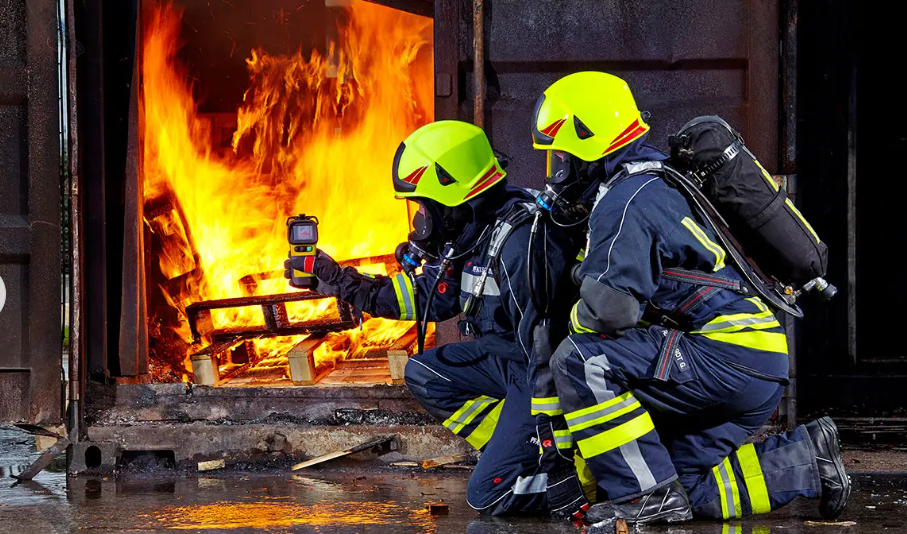Infrared thermal imager is a device that detects targets by receiving infrared radiation emitted by objects. Infrared thermal imagers can be divided into uncooled and cooled types according to the working temperature.
Uncooled infrared thermal imager
The working principle of uncooled infrared thermal imager is mainly based on the absorption of infrared radiation to generate electrical signals.
Its core component is the infrared detector, which usually uses semiconductor materials such as silicon and germanium. When infrared radiation irradiates the detection element, it will excite the carriers in the detection element, thereby generating electrical signals.
The detection element of the uncooled infrared thermal imager does not require low-temperature refrigeration, so its structure is relatively simple, small in size, light in weight and low in price. This design makes the uncooled infrared thermal imager easier to manufacture and use. In addition, the uncooled infrared thermal imager also has the characteristics of fast response speed and wide band, which is suitable for some specific application scenarios.
Cooled infrared thermal imager
The working principle of the cooled infrared thermal imager is based on the detection and conversion of infrared radiation. The specific process is as follows:
Infrared radiation: All objects emit infrared radiation. The higher the temperature of the object, the higher the energy of the infrared radiation it emits. The infrared thermal imager detects these infrared radiations through special infrared detectors
.
Infrared detection: Infrared thermal imagers use special infrared detectors (such as cesium germanium or cadmium mercury materials) to detect and measure the infrared radiation emitted by objects. These detectors convert infrared radiation into electrical signals (such as voltage, current or charge).
Image conversion: The detector inputs the collected electrical signals into the image processor for signal amplification and processing. The image processor quantifies and analyzes the infrared radiation based on the strength and frequency of the signal.
Image processing: The processed electrical signals are converted into visual images, usually displayed on the control panel. Areas with higher temperatures are displayed as bright colors, and areas with lower temperatures are displayed as dark colors.

Refrigeration system: In order to improve the performance of the detector, the cooled infrared thermal imager is equipped with a refrigeration system. The refrigeration system usually uses a refrigeration unit made of rare gas to cool the detector to an extremely low temperature, thereby improving its detection sensitivity and resolution.
Application fields of cooled infrared thermal imagers
Due to their high sensitivity and high resolution, cooled infrared thermal imagers are widely used in the following fields:
Industrial detection: used to detect potential faults in power equipment, building structures, etc.
Military reconnaissance: used for night reconnaissance and target tracking.
Medical diagnosis: used for disease diagnosis, such as early detection of tumors and vascular diseases.
Aerospace: used for gas leak detection and space exploration.
Difference between cooled and uncooled infrared thermal imagers
Cooled infrared thermal imager: its imaging detector is equipped with an integrated low-temperature refrigerator device, which can reduce the detector temperature to an extremely low temperature, thereby improving the measurement accuracy. This type of thermal imager has a complex structure, but high imaging quality.
Uncooled infrared thermal imager: its imaging detector does not require low-temperature refrigeration and has a relatively simple structure. The cost is lower, and the imaging quality is not as good as that of the cooled thermal imager.


